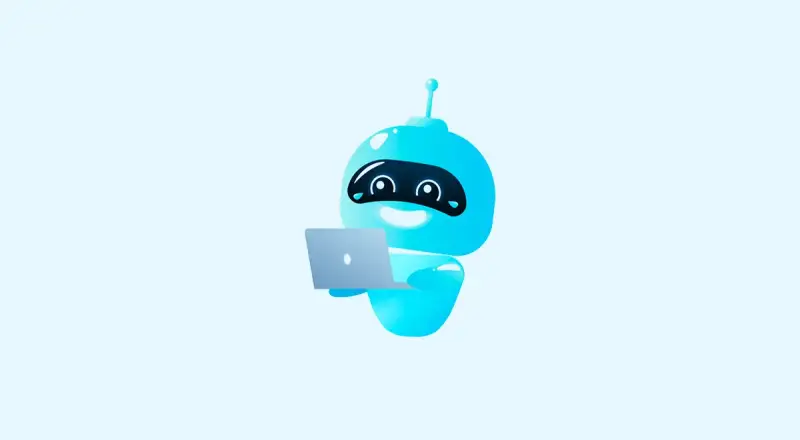

Copyleaks is an AI-powered content analysis tool that checks text for potential copyright infringements and plagiarism. It's used to ensure the originality and authenticity of written content in various digital contexts, such as web pages, documents, and academic papers. Copyleaks' AI Content Detector uses advanced AI-powered algorithms to detect AI-generated content. It can read source code, including AI-generated, and can detect source code at the function level. This helps identify when code has been modified or plagiarized, even if certain variables have been altered or entire portions have been changed.

Originality.AI is a freemium tool that helps publishers identify AI-generated content and plagiarism. It's designed to be the most accurate AI content detector, with fewer false positives. Originality.AI is created by a team of AI experts and content marketers. It uses GPT-based plagiarism detection to identify AI-generated text that has been paraphrased or copied from other sources. According to Originality.AI, it's the only tool that can accurately identify a piece of content that has been paraphrased, whether it's human or AI.

GPTZero is an artificial intelligence detection software developed to identify artificially generated text, such as that produced by large language models. GPTZero was developed by Edward Tian, a Princeton University undergraduate student, and launched online in January 2023 in response to concerns about AI-generated usage in academic plagiarism. GPTZero has raised over 3.5 million dollars in seed funding.

Winston AI is an AI-powered tool that can detect AI-generated content and check plagiarism. It can also detect whether a document was written by a human with 99.6% accuracy. Winston AI is designed for educators, editors, teachers, and content creators. It uses Optical Character Recognition (OCR) technology to read handwriting, making it useful for younger students' work or handwritten essay tests. Winston AI can also detect even the most sophisticated paraphrasing tools like Quillbot.

GLTR is a tool that helps humans identify if a text was generated by a model. It uses language analysis to compare patterns in a text to a dataset of human-written text. GLTR then assigns a score to indicate the likelihood of the text being written by a human or an AI model. GLTR can be used to detect fake reviews, comments, or news articles generated by large language models. It is a collaborative effort between Hendrik Strobelt, Sebastian Gehrmann, and Alexander Rush from the MIT-IBM Watson AI lab and Harvard NLP.

Content at Scale is an AI detector that can analyze multiple content types in real-time. It can give a human-written score between 0% and 100% to indicate how much the tool thinks the content is. According to Forbes, Content at Scale is a good choice for businesses and organizations that need to detect AI-generated text in their content. It can also be a good choice for writers who need to check their writing for plagiarism or desire to use the tool to help write undetectable content.

Undetectable.ai is a unique tool with two important functions. It lets you scan your text and identify AI content, but it also allows you to “humanize” AI-generated parts and avoid your content getting flagged. It rewrites AI-generated copy using new words, structure, and phrasing to make it more difficult for detection algorithms to detect.

The Writer AI content detector is an advanced, AI-driven tool created for authors, businesses, and digital marketers. Writer is free, simple AI content detector with no bells and whistles, Writer ticks all the boxes for free tool to detect ai content and it combines a no-frills interface with powerful functionality.

Crossplag AI Detector is a plagiarism checker that uses machine learning and natural language processing to identify the origin of text. It can detect copied text in more than 100 languages. This work by using language models similar to those used in the AI writing tools, the language model looks at the input and asks if it's something that it would have written. If the answer is "yes," it concludes that the text is probably AI-generated

Hugging Face is a machine learning and data science platform that provides infrastructure for deploying artificial intelligence (AI) in live applications. Hugging Face also offers a model hub with pre-trained models, and the Transformers library for downloading and using models for NLP applications.